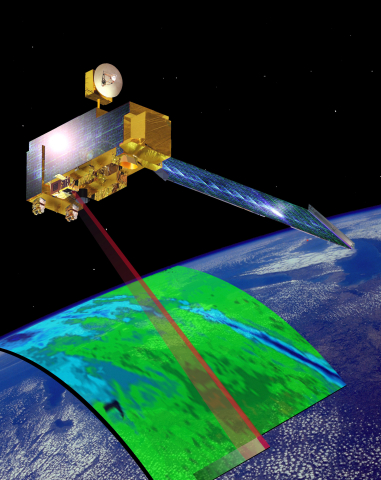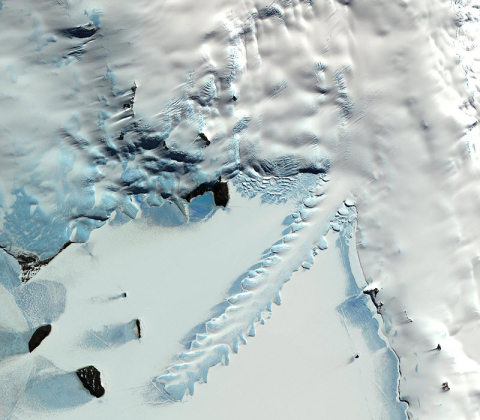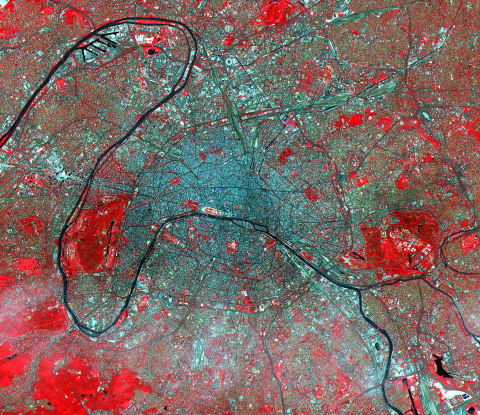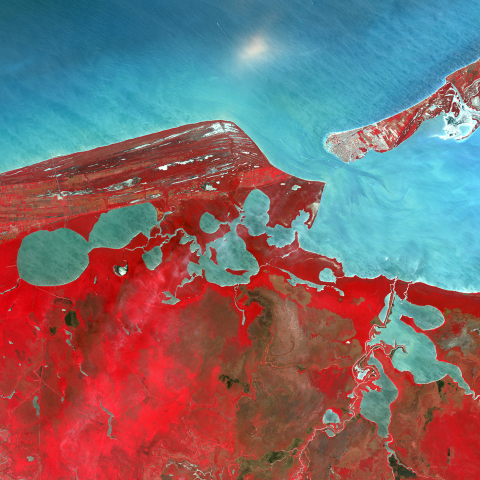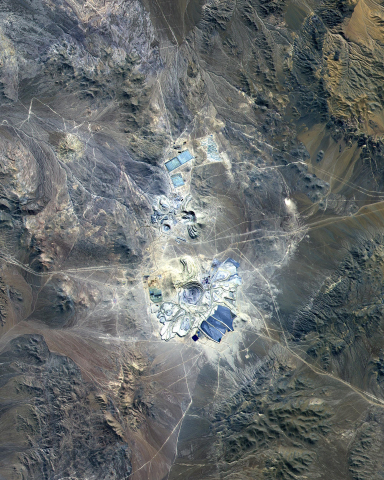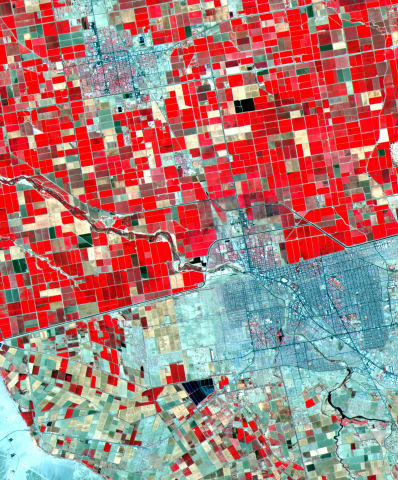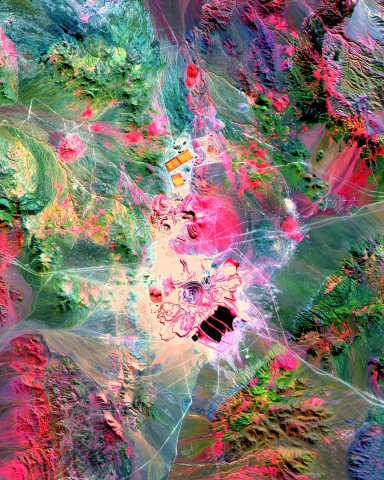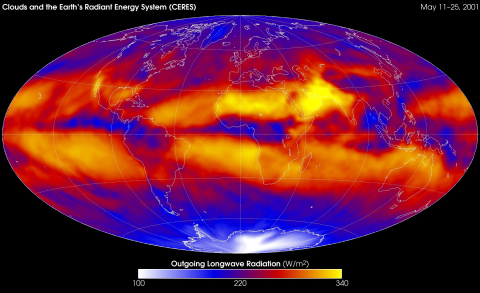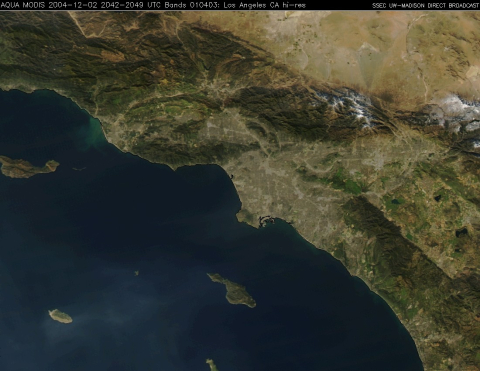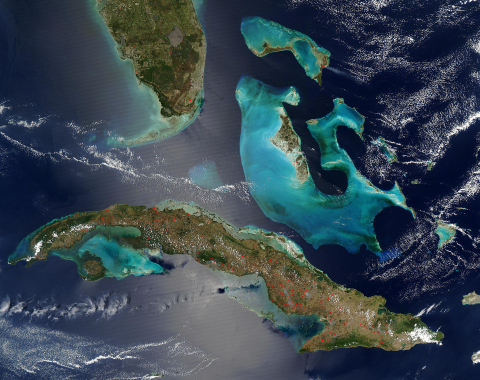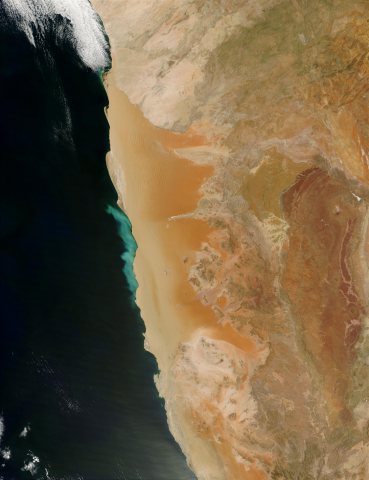Satellite characteristics
Launch Date - End 945385200 -
Status Operational
Orbit type Sun-synchronous circular orbit
Altitude 705
Orbit inclination 98.5
Equatorial crossing time 10:30:00
Orbit period 99
Satellite family: EOS (Earth Observing System)
The Earth Observing System (EOS) is a major component of NASA's Earth-Sun System Missions. The mission includes a series of satellites, a science component, and a data system supporting a coordinated series of polar-orbiting and low inclination satellites for long-term global observations of the land surface, biosphere, solid Earth, atmosphere, and oceans. EOS is enabling an improved understanding of the Earth as an integrated system.
Sensor characteristics
| Sensor name |
ASTER (Advanced Spaceborne Thermal Emission and Reflection Radiometer) |
| Sensor short description |
|
| Sensor type |
Imaging radiometer (Vis/IR) |
| Resolution class |
High (5 - 30 m) |
| Swath width (at nadir) |
60
km |
| Revisit frequency |
16
days |
| Max look angle |
24
° |
|
|
| Sensor name |
CERES (Clouds and the Earth's Radiant Energy System) |
| Sensor short description |
|
| Sensor type |
Imaging radiometer (Vis/IR) |
| Resolution class |
Very Low (> 1 km) |
| Max look angle |
78
° |
|
|
| Sensor name |
MISR (Multi-angle Imaging SpectroRadiometer) |
| Sensor short description |
|
| Sensor type |
Imaging radiometer (Vis/IR) |
| Resolution class |
Medium (30 - 300 m) |
| Swath width (at nadir) |
360
km |
| Revisit frequency |
9
days |
| Max look angle |
70
° |
|
|
| Sensor name |
MODIS (Moderate-Resolution Imaging Spectroradiometer) |
| Sensor short description |
|
| Sensor type |
Imaging radiometer (Vis/IR) |
| Resolution class |
Medium (30 - 300 m) |
| Swath width (at nadir) |
2330
km |
| Revisit frequency |
2
days |
|
|
| Sensor name |
MOPITT (Measurement of Pollution in the Troposphere) |
| Sensor short description |
|
| Sensor type |
Atmospheric instrument |
| Resolution class |
Very Low (> 1 km) |
| Swath width (at nadir) |
616
km |
| Max look angle |
26
° |
|
|
